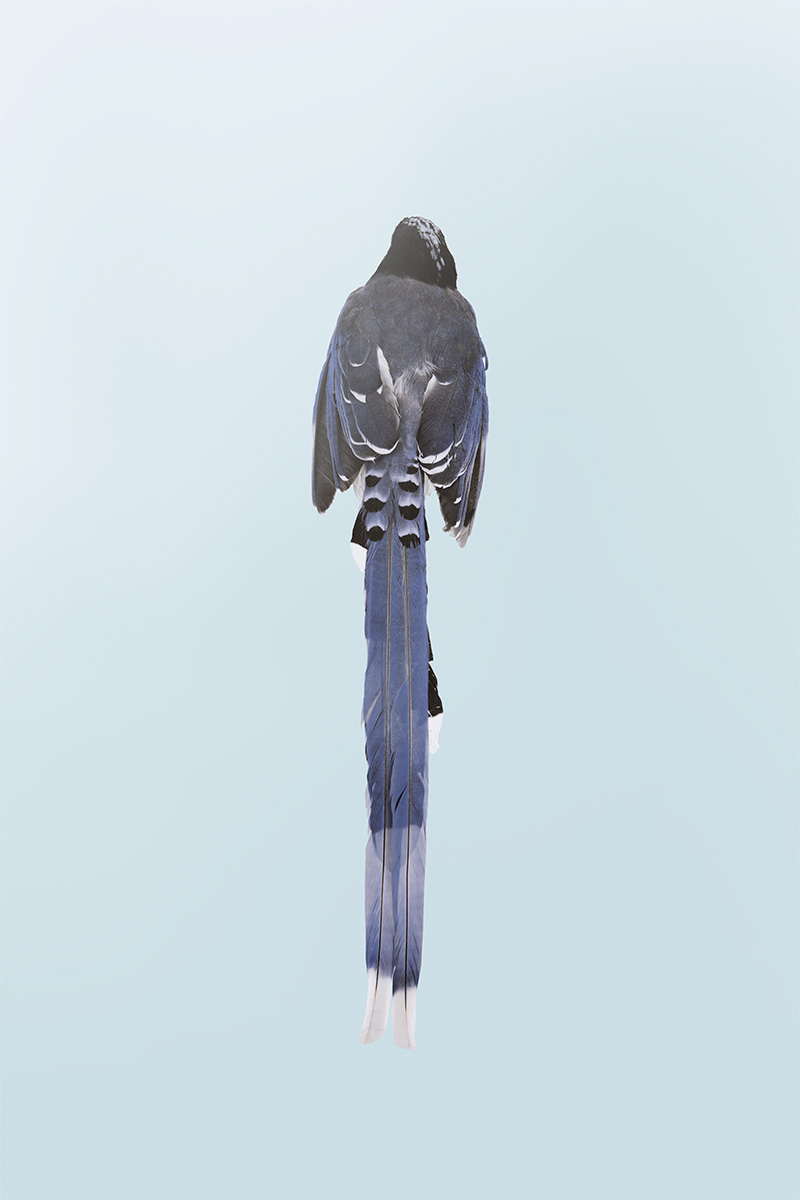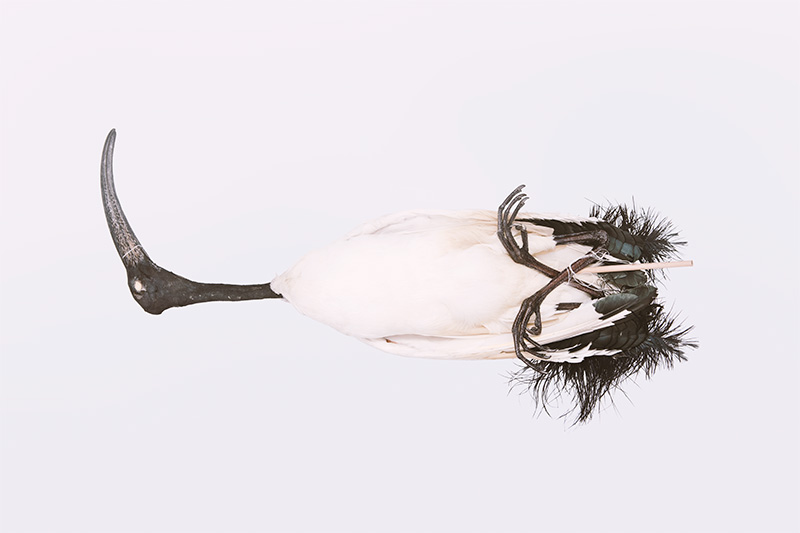All images by the ICZ
a guide to the fauna of taiwan
In this latest commission, the ICZ has collaborated with several agencies and individuals to investigate the ways in which natural history and social history intersect in Taiwan. These case studies provide an insight into the ways in which the borders between invasive and native are policed in Taiwan, and these conservation efforts, depending on one’s perspective, could be seen as heroic or futile.
 Spotted Tree Frogs (Polypedates megacephalus) collected in a single night by the artist and volunteers
Spotted Tree Frogs (Polypedates megacephalus) collected in a single night by the artist and volunteers

White-lipped Tree Frog (Polypedates braueri)
Spotted Tree Frog (Polypedates megacephalus) & White-lipped Tree Frog (Polypedates braueri)
These two species of frogs are similar in terms of size, colour and camouflage. However, one is a invasive and prolific species (spotted tree frog) hunted by various conservation groups while the other (white-lipped tree frog) is a endemic species endangered by the more efficient breeding of its competitor. Taiwan’s endemic white-lipped tree frog lays about 300 eggs at once, while the spotted tree frog, an Indo-China species which has been introduced into Taiwan along with imported aquatic plants, lays about double that number.
To control the population of the spotted tree frog, the authorities have rolled out a series of initiatives. In 2011, the Forestry Bureau announced the “Remove Every Frog” campaign targeting at the invasive spotted tree frogs, encouraging children to capture these frogs. Volunteer groups also meet regularly on night hunts to hunt down the invasive frogs in places such as the Taipei Zoo and the Fuyang Eco Park. The captured frogs are sometimes used as food for other animals in captivity in the Taipei Zoo. Some of the frogs are also given to the Wild Bird Society of Taipei which will use them as food for injured water birds in rehabilitation.
More research is currently being done on the impact that the spotted tree frog has on native frogs.
=
List of volunteer groups in Taiwan involved in the removal of Spotted Tree Frogs in Taiwan
???????? - Taoyuan Natural Ecology Society
???? - Hsinchu Wilderness
???? - Hsinchu Frog Protectors
????? - ‘Pickled Vegetable’ Frogs
???????? - Miaoli Natural Ecology Society
TNRS?? - TNRS Team
MusicFrogs
?????? - Zhongdu Whitening
??? - Song of the Peak Frogs
???? - Zhongxing University
????? - Changhua Frogs
???? - Changhua Bird Society
?????? - Yunlin Sustainable Association
???? - Zhu Luo Squad
???? - Chiayi University
????? - Kaohsiung Wild Things
????? - Pingtung Road View
????? - Keelung Smiley Frogs
????? - Taipei Little Rain Frogs
???????? - Mingxing Community Development Association
?????????? - Guandu Natural Park Frog Group
???? - Fuyang Group
??????????? - Taipei Zoo, Spot Removal Action Team
????? - Taipei Happy Frogs
????? - Heart of the Peony, Taipei
?????? - Jumpy Frog Survey
????? - Heavenly Frogs
????? - Deep Pit Large Headed Frogs
????? - Nangang Kola Frogs
??? - Liangwei Frogs
??????? - Yilan Li Jiahan Team
=
 A hybrid of the Chinese Blue Magpie (Urocissa erythroryncha) and Taiwan Blue Magpie (Urocissa caerulea)
A hybrid of the Chinese Blue Magpie (Urocissa erythroryncha) and Taiwan Blue Magpie (Urocissa caerulea)
In 2002, a Chinese blue magpie, whose native range is in the Western Himalayas, Vietnam, Cambodia and Myanmar, was spotted in Wuling Farm in Heping Township, Taichung County. It is believed to have escaped from a private enclosure. By 2006, 10 individuals were spotted in the vicinity.
Some scientists were concerned that this species might threaten the survival of the native Taiwan blue magpie. The two species were believed to be from the same family that branched off several million years ago. Now they have slight differences: the red-billed blue magpie has red eyes, a white neck and chest, while the blue magpie has yellow eyes, a black neck and blue chest.
When it was discovered that the two species were interbreeding, scientists were worried that this would further threaten the survival of the native blue magpie and contaminate its unique genes. In 2007, a removal plan of the Chinese blue magpie was launched and the population of the invasive species was successfully controlled.


Tilapia (A National Treasure) Ongoing research by the Institute of Critical Zoologists. More information, click here.
Near the end of World War II, when food supplies were running low for the Japanese Imperial Army, it bred a special “imperial fish” as a food source in colonised Singapore. A species of tilapia imported from Java, Indonesia, the fish was cultivated in Singapore by a team of Japanese and Taiwanese breeders who served the Imperial Army. But heavy storms caused the fish farms to flood, and these fish escaped into local canals and interbred with other species of tilapia — and these hybrid fish are the most common fish in Singapore’s waterways now.
After the Japanese surrendered, Guo Qizhang and Wu Zhenhui, two Taiwanese Imperial Japan servicemen, broke into the Singapore fish farm and stole some fish fry. Only 12 fish made it back to Taiwan in 1946. They began a successful breeding programme which grew into a lucrative post-war industry of fast-growing, cheap white meat. Now the tilapia is the most farmed fish in Taiwan, named “wu guo fish”, after the surnames of the two Taiwanese soldiers.

The Brown Anole (Anolis sagrei)
Believed to be imported into Taiwan with plants, the brown anole’s first recorded sighting was in 2000 near a plant nursery in Chiayi County. The lizard is originally from Cuba and the Bahamas and it is listed as the top 100 invasive species of all time.
Since 2009, the government has tried ways to reduce the population of these lizards and restrict them to Chiayi County. A 2015 survey estimated that there were 2.58 million anoles in the county, and the government planned on removing 30 per cent of this population annually to prevent the lizards from spreading in Taiwan. To do so, the authorities gave out a 20 yuan bounty to local villagers per lizard caught. In 2009, 88,838 were caught by villagers. By 2013, the price of each anole was reduced to 3 yuan each and the total number captured was 133,333.
Scientists can typically catch 200 individuals in a single hour in an evening. The lizards are removed with a pair of metallic forceps while they are sleeping at on leaves or tree trunks. Further research is currently being carried out on the impact that the brown anole has on native reptiles.
 The Sacred Ibis (Threskiornis aethiopicus)
The Sacred Ibis (Threskiornis aethiopicus)
Originally from Egypt where it is currently endangered, the sacred ibis is a historical symbol of Egyptian culture but considered one of the top 100 invasive species of the world. It is identified as a pest species in France, Italy, Spain and the United States.
In Taiwan, the first specimens were believed to have escaped from a local zoo after a typhoon damaged an enclosure in 1984. Today there are about 3,000 individuals in the wild. One of the methods to control the ibis population, which is used commonly on invasive birds, is to rub corn oil over the eggs. But this method has proved ineffective as the rain and the constant incubation by the parent birds removes the oil on the eggs.
There is no conclusive evidence that ibises harm native ecology. Some believe that the predatory species poses a threat to local species that share a similar biological niche, such as egrets, herons and terns, but no scientific research has proven this. The only visible damage that ibises cause is to vegetation in places where it nests, but these damages can be made by local water birds as well.
 The Antipodean Albatross (Diomedea antipodensis)
The Antipodean Albatross (Diomedea antipodensis)
This albatross specimen was caught accidentally by a Taiwanese fishing boat on July 4th, 2016, in the South Pacific Ocean, about 9,300 km from Taiwan. The bird was brought back to Taiwan by a marine researcher assigned by the Fisheries Agency to work with offshore fishing vessels in the South Pacific. Albatrosses are known to follow fishing vessels for an easy meal on baited fishing lines, but are often hooked and dragged into the water as the lines go deeper into the ocean. Up to 300,000 seabirds are killed by fishing boats annually.



Common Myna (Acridotheres tristis), Javan Myna (Acridotheres javanicus), Crested Myna (Acridotheres cristatellus)
These three species of mynas have spread from their native territories into new lands, playing a sort of ecological musical chairs.
The Javan myna was originally from Indonesia, but is endangered there because they have been overhunted as pets. But it is thriving in Singapore, where it was first introduced in 1936 as a pet. Later, they were released by Buddhists practising “prayer release” or “merit release” of captive birds into the wild. Now the birds roost in the thousands in trees in the city and have become a source of noise pollution. They threaten the common myna, which is native to Singapore.
Both the Javan myna and common myna have also been introduced in Taiwan. The competition of these invasive mynas may have caused a decline in the native crested myna in Taiwan.
Meanwhile, the Taiwan’s native crested myna successfully invaded Canada in the 1920s (it was also introduced to Canada as a songbird) but has recently died out due to competition from another invasive species, the European starlings.
 European Jay (Garrulus glandarius)
European Jay (Garrulus glandarius)
First introduced to Taiwan from China during the Qing Dynasty, the European jay has a history of about 200 years in Taiwan. It is considered a naturalised introduced species and appears to co-exist peacefully with native ones. Nonetheless government continues to monitor their populations and ecological impact.

Rock Pigeon (Columba livia)
The rock pigeon is one of the invasive species in the world, partly because they have historically been used by sailors for navigation. When looking for the nearest land to dock, the captain would release a pigeon from the ship. If the pigeon returns, that means there is no land nearby. If the pigeon does not return, it means that the pigeon has found new land. As a result, pigeons, and not humans, are often the first to arrive in new territories.
 Green Iguana (Iguana iguana)
Green Iguana (Iguana iguana)
In its native countries, these lizards are near extinction, as they are often hunted for food or to be sold as exotic pets around the world.
Pet merchants in Taiwan have been importing the brightly coloured juveniles and selling them. As these animals mature, they grow huge and become hard to maintain, and some irresponsible owners abandon them in the wild. Usually, an exotic species will not survive easily in a foreign environment, but green iguanas adapt quickly. Forming stable breeding populations, they started threatening the stability of local species. This has resulted in a strange phenomenon: a protected species that is invasive in Taiwan.
 Installation View, Taipei Biennale, 2018
Installation View, Taipei Biennale, 2018
Copyright 2018, Institute of Critical Zoologists